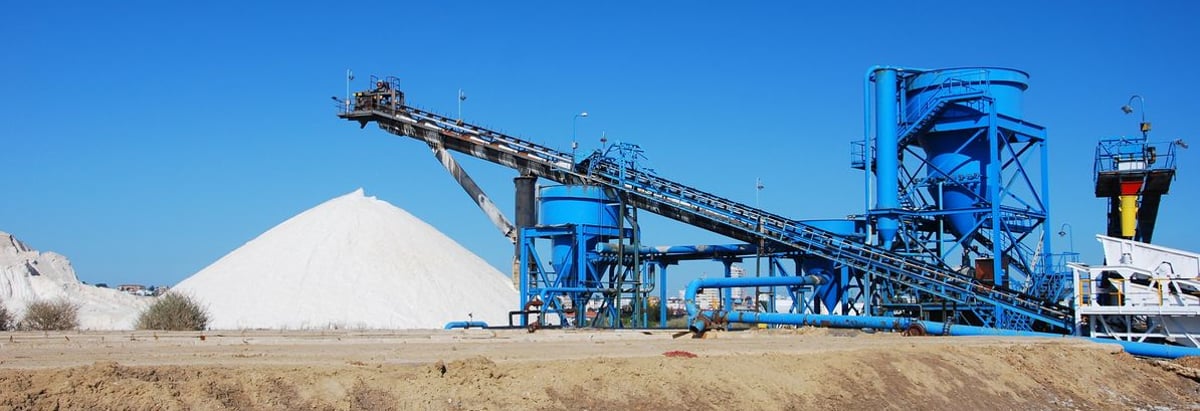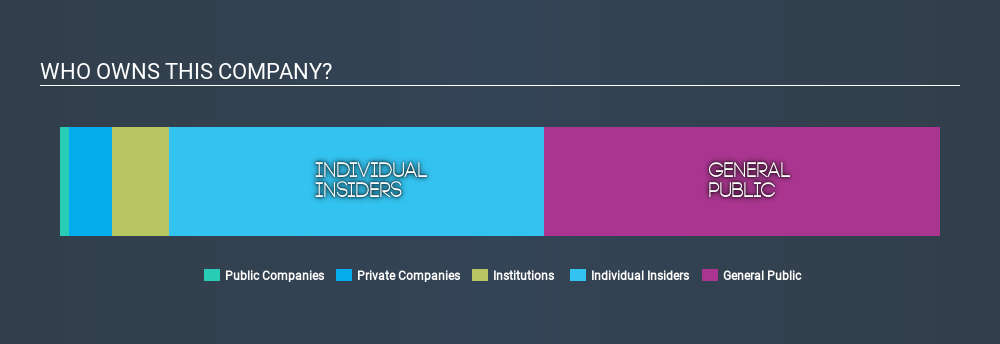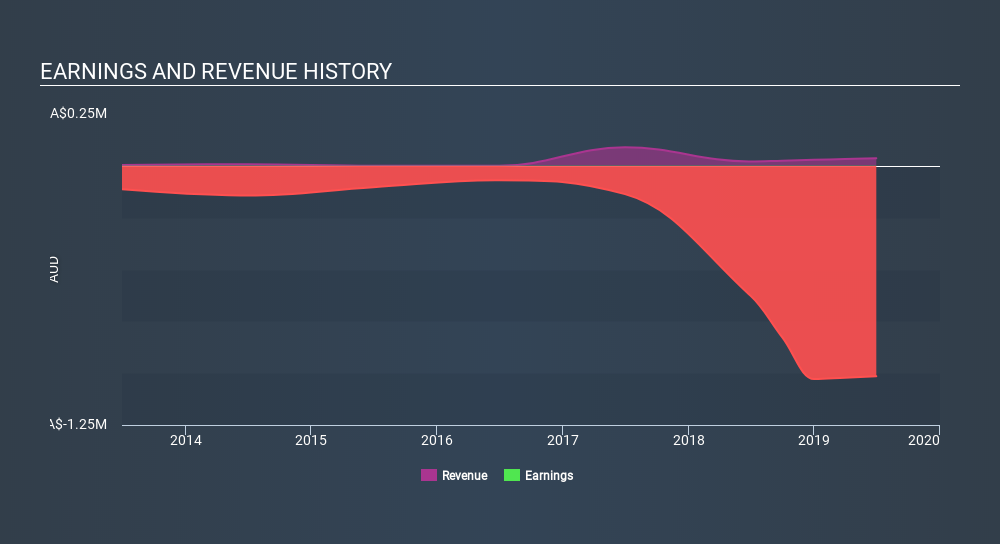- Australia
- /
- Metals and Mining
- /
- ASX:CBY
Do Insiders Own Lots Of Shares In Canterbury Resources Limited (ASX:CBY)?

If you want to know who really controls Canterbury Resources Limited (ASX:CBY), then you'll have to look at the makeup of its share registry. Insiders often own a large chunk of younger, smaller, companies while huge companies tend to have institutions as shareholders. I quite like to see at least a little bit of insider ownership. As Charlie Munger said 'Show me the incentive and I will show you the outcome.
Canterbury Resources is not a large company by global standards. It has a market capitalization of AU$19m, which means it wouldn't have the attention of many institutional investors. Taking a look at our data on the ownership groups (below), it's seems that institutions are noticeable on the share registry. Let's delve deeper into each type of owner, to discover more about Canterbury Resources.
View 6 warning signs we detected for Canterbury Resources

What Does The Institutional Ownership Tell Us About Canterbury Resources?
Institutional investors commonly compare their own returns to the returns of a commonly followed index. So they generally do consider buying larger companies that are included in the relevant benchmark index.
Canterbury Resources already has institutions on the share registry. Indeed, they own 6.6% of the company. This can indicate that the company has a certain degree of credibility in the investment community. However, it is best to be wary of relying on the supposed validation that comes with institutional investors. They too, get it wrong sometimes. When multiple institutions own a stock, there's always a risk that they are in a 'crowded trade'. When such a trade goes wrong, multiple parties may compete to sell stock fast. This risk is higher in a company without a history of growth. You can see Canterbury Resources's historic earnings and revenue, below, but keep in mind there's always more to the story.

Canterbury Resources is not owned by hedge funds. The company's largest shareholder is Duncan Hardie, with ownership of 9.7%, With 7.0% and 6.4% of the shares outstanding respectively, Grant Craighead and James Spence are the second and third largest shareholders. Grant Craighead also happens to hold the title of Chief Executive Officer.
A closer look at our ownership figures suggests that the top 15 shareholders have a combined ownership of 50% implying that no one share holder has a majority.
Researching institutional ownership is a good way to gauge and filter a stock's expected performance. The same can be achieved by studying analyst sentiments. Our information suggests that there isn't any analyst coverage of the stock, so it is probably little known.
Insider Ownership Of Canterbury Resources
While the precise definition of an insider can be subjective, almost everyone considers board members to be insiders. Company management run the business, but the CEO will answer to the board, even if he or she is a member of it.
Insider ownership is positive when it signals leadership are thinking like the true owners of the company. However, high insider ownership can also give immense power to a small group within the company. This can be negative in some circumstances.
Our information suggests that insiders maintain a significant holding in Canterbury Resources Limited. Insiders have a AU$8.0m stake in this AU$19m business. I would say this shows alignment with shareholders, but it is worth noting that the company is still quite small; some insiders may have founded the business. You can click here to see if those insiders have been buying or selling.
General Public Ownership
With a 45% ownership, the general public have some degree of sway over CBY. While this group can't necessarily call the shots, it can certainly have a real influence on how the company is run.
Private Company Ownership
It seems that Private Companies own 4.8%, of the CBY stock. It might be worth looking deeper into this. If related parties, such as insiders, have an interest in one of these private companies, that should be disclosed in the annual report. Private companies may also have a strategic interest in the company.
Next Steps:
It's always worth thinking about the different groups who own shares in a company. But to understand Canterbury Resources better, we need to consider many other factors.
For example, we've discovered 6 warning signs for Canterbury Resources (of which 3 are major) which any shareholder or potential investor should be aware of.
Of course, you might find a fantastic investment by looking elsewhere. So take a peek at this free list of interesting companies.
NB: Figures in this article are calculated using data from the last twelve months, which refer to the 12-month period ending on the last date of the month the financial statement is dated. This may not be consistent with full year annual report figures.
If you spot an error that warrants correction, please contact the editor at editorial-team@simplywallst.com. This article by Simply Wall St is general in nature. It does not constitute a recommendation to buy or sell any stock, and does not take account of your objectives, or your financial situation. Simply Wall St has no position in the stocks mentioned.
We aim to bring you long-term focused research analysis driven by fundamental data. Note that our analysis may not factor in the latest price-sensitive company announcements or qualitative material. Thank you for reading.
About ASX:CBY
Canterbury Resources
Engages in the exploration of mineral properties in Australia and Papua New Guinea.
Excellent balance sheet slight.
Market Insights
Community Narratives




